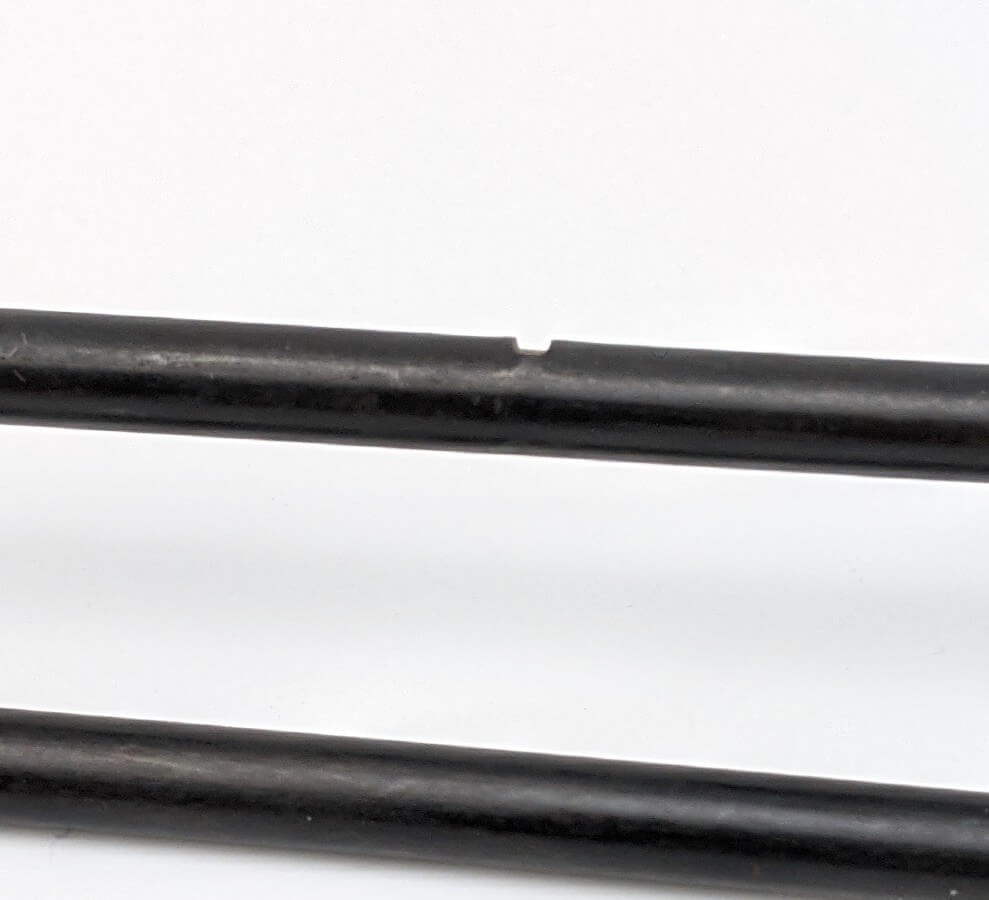Get unique, complex parts easily. No matter your requirements, Chaoyi Spring creates hard-to-produce coil springs and wire forms.
Let us help you create the custom wire form you need, from S-hooks and J-hooks to utility hooks and more.
We work closely with customers across a wide range of industries, helping them design and manufacture made-to-order parts.
Why choose Chaoyi Spring? We prioritize customer-focused collaboration, modern equipment and the latest technology to make your parts per print.
Find the information and guidance you need, from measuring a spring to learning about materials, placing an order and much more.
Torsion springs, those coiled wonders of metal, are ubiquitous in our daily lives. From the click of a ballpoint pen to the smooth action of a garage door, torsion springs


Torsion springs, those coiled wonders of metal, are ubiquitous in our daily lives. From the click of a ballpoint pen to the smooth action of a garage door, torsion springs power countless mechanisms. Understanding the formulas that govern their behavior is essential for engineers, designers, and anyone seeking to optimize their applications. This guide aims to demystify the world of torsion spring formulas, providing a comprehensive overview of the key equations and their practical implications.

Torsion springs, unlike their compression and extension counterparts, store energy through twisting or winding. They are designed to resist rotational forces, converting applied torque into stored elastic potential energy. Imagine a spring wound up like a watch, ready to unleash its stored energy in a controlled manner. This energy release is what drives the movements we rely on in various machines and devices.
The behavior of a torsion spring can be predicted and manipulated using a set of formulas that quantify its key characteristics. These formulas take into account factors such as material properties, spring geometry, and applied loads. By understanding these equations, we can effectively design and utilize torsion springs for specific applications.
The most fundamental formula in torsion spring analysis relates the applied torque (T) to the resulting angular displacement (θ):
T = kθ
Where:
The spring rate (k) is a crucial parameter, essentially defining the spring's stiffness. A higher spring rate means a larger torque is required for a given angular displacement. This formula tells us that the torque applied to a torsion spring is directly proportional to its angular displacement, a relationship that forms the basis for countless engineering calculations.
The spring rate (k) itself is determined by several factors, including:
These factors can be incorporated into more complex formulas that provide a more detailed understanding of the spring's behavior under various loading conditions.
Torsion spring formulas are essential tools in various fields, including:
When designing with torsion springs, it is crucial to consider various factors beyond the basic formulas. These include:
By carefully considering these factors and using the appropriate formulas, engineers can design and implement torsion springs effectively for a wide range of applications.
Torsion spring formulas provide a powerful tool for understanding and manipulating the behavior of these ubiquitous mechanical components. By understanding the relationships between torque, angular displacement, and various geometric and material factors, engineers can design and implement torsion springs that meet specific requirements for countless applications.
From the precision of a watch spring to the strength of a suspension system, torsion springs play vital roles in our modern world. By embracing the principles embodied in these formulas, we can continue to leverage the power of these remarkable springs for innovation and progress.
In conclusion, the world of torsion springs is governed by a set of formulas that provide engineers with the tools to understand, predict, and manipulate their behavior. These formulas empower us to design and implement these springs effectively, ensuring they meet the specific requirements of various applications. From the intricate workings of medical devices to the robust performance of automotive components, torsion springs continue to be indispensable elements in countless facets of our technological landscape.
Browse some of the custom wire forms and springs that we manufacture. Don’t see what you need? We specialize in made-to-order products that meet your application requirements.
Visit Our GalleryNeed a custom wire form or coil spring? We make it work. Fill out the contact form and a representative will respond within 1 business day. If you have a PDF or CAD file, you can submit to request a quote.